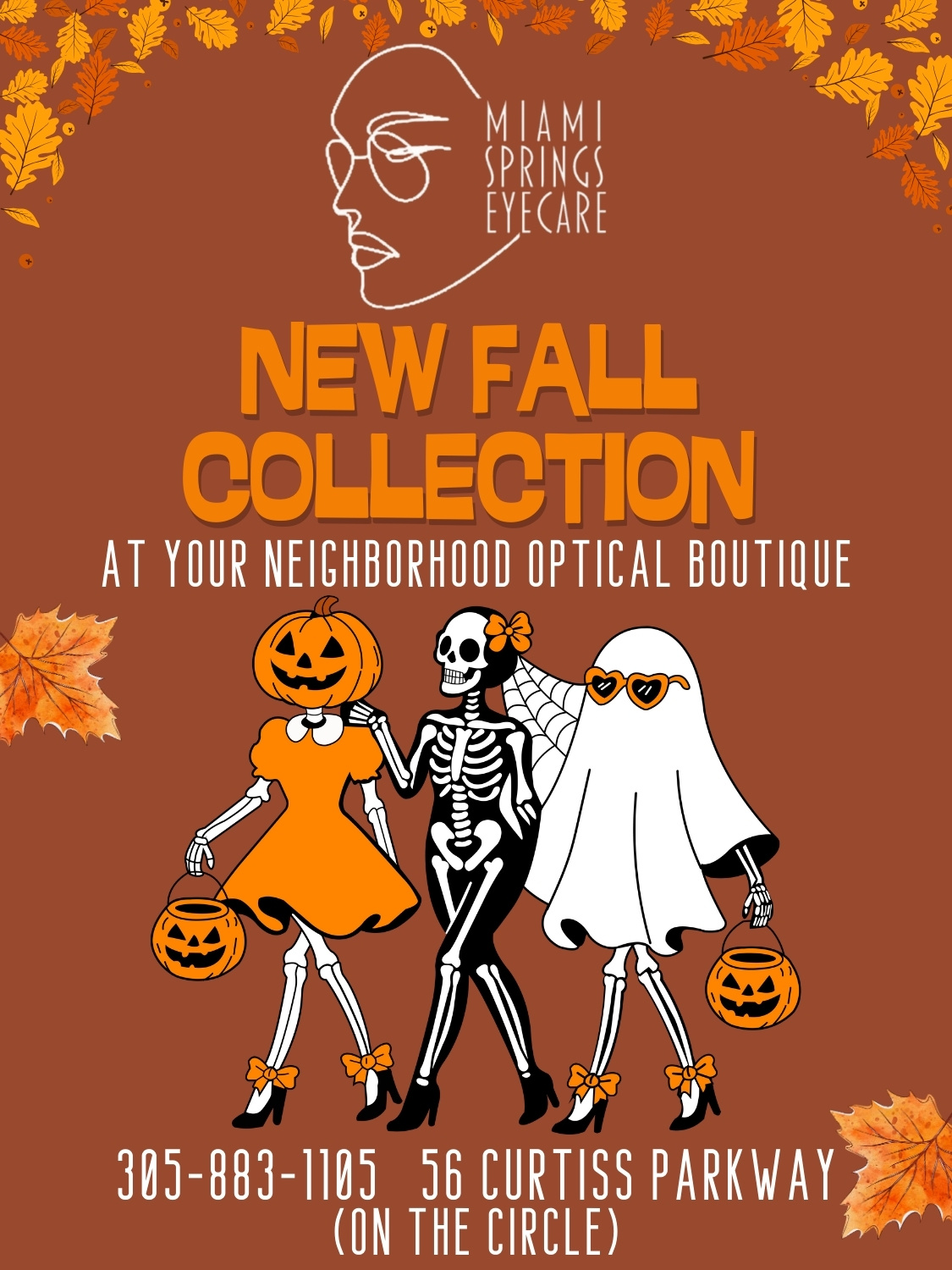Early VG History (1924–1951)
A black-and-white photo from 1950 shows two children holding their new kitten and puppy in front of a house on the edge of Miami International Airport property. Beside them is a sleek Tennessee Walking Horse named Ebony. The children are Barbara, and their brother Ken Wilde, yours truly at 5 years old — who grew up during a unique chapter of local history.
That house, once home to Virginia Gardens Mayor H. E. Hardy, was the last residence on airport property, before expansion forced all others out. It offers a personal link to the story of how Virginia Gardens was formed and how it survived against the odds.
In 1919, wealthy landowner Bert R. Chaplin moved from San Francisco to Miami and purchased several thousand acres of muck land from the Tatum brothers. His goal was to establish a peat processing plant.
Around the same time, aviation pioneer Glenn Curtiss bought nearly 6,000 acres from the Tatums to expand the Curtiss-Bright Ranch land that would later become Hialeah, Miami Springs, and Opa-locka.
Chaplin planned to convert muck into peat, and the peat into fossil fuel bricks and chemicals. The business, however, proved unsuccessful.
By December 1924, Chaplin offered for sale a new house in what would become the development of Virginia Gardens. The home sat on one acre of land and was advertised as having “fine black soil good for gardens.”
 In 1925 the subdivision was formally promoted as the “restricted subdivision of Virginia Gardens.” Buyers could make no payments on principal for three years if they built a home right away. This mirrored the deals Glenn Curtiss was offering in Country Club Estates—what we now call Miami Springs.
In 1925 the subdivision was formally promoted as the “restricted subdivision of Virginia Gardens.” Buyers could make no payments on principal for three years if they built a home right away. This mirrored the deals Glenn Curtiss was offering in Country Club Estates—what we now call Miami Springs.
Why the Name Virginia Gardens?
Wikipedia incorrectly states: “The village is named for the state of Virginia, original home of many of the wealthy transplants who made up the founding residents.”
In fact, Chaplin used the name Virginia Gardens before there were any residents. His ads promoted the land for its “fine black soil,” ideal for cultivating gardens.
Gardening was very popular in the 1920s, and Virginia was famous for its celebrated gardens—George Washington’s Mount Vernon, Thomas Jefferson’s Monticello, and the Jamestown Settlement, among others.
It seems clear that Chaplin chose the name Virginia Gardens to evoke those associations and help sell property.
Dairy Farms and Village Formation
By 1930, the Pan American Dairy had been established on a 20-acre tract along NW 32nd Street, half a mile west of Red Road, on what was then called “Virginia Gardens Road.”
In the early 1940s, Florida Dairy Farms also operated in Virginia Gardens.
In 1947, Miami Springs passed an ordinance banning the housing of horses within 200 feet of an occupied dwelling. At the same time, the city sought to annex the Virginia Gardens subdivision.
In response, wealthy businessman H. E. Hardy—owner of Hardy’s Tennessee Walking Horse Farm—joined with other residents to form a new municipality. Virginia Gardens was bordered by NW 37th Street to the north, NW 29th Street to the south, NW 57th Avenue to the east, and NW 67th Avenue to the west.
On July 9, 1947, the Village of Virginia Gardens—just one square mile with 26 residents—received its charter from the Dade Circuit Court.
The new Village Council held its first meeting on July 17, 1947, in the home of Mayor Hardy. The home stood on a gravel road near NW 30th Street and NW 66th Avenue, next to his horse farm.
Airport Expansion & Family History
In 1948, the Dade County Port Authority announced a three-year expansion plan for Miami International Airport. The project required acquiring all land in Virginia Gardens south of NW 36th Street, and every structure within that area would have to be removed.
My uncle, Harold Wilde, was the Miami representative for the Civil Aeronautics Administration. Thanks to him, in 1950 my family moved from New York into the former home of Mayor H. E. Hardy.
We lived there nearly two years, and from time to time we rode a Tennessee Walking Horse named Ebony from a nearby stable. In 1952 we moved to Miami Springs.
It was the last occupied house on Miami International Airport property. Family photographs from 1950 show me with my sister Barbara and me on horseback with Ebony.
That little boy on Ebony could not have known he was living in the final chapter of Virginia Gardens’ earliest days. The home, the horse, and even the village boundaries would change, but the story of Virginia Gardens remains an important part of Miami-Dade’s history — one worth remembering, preserving, and sharing with new generations.Town Historian Ken Wilde provides us with a different feature each month looking back at the history of Miami Springs.


